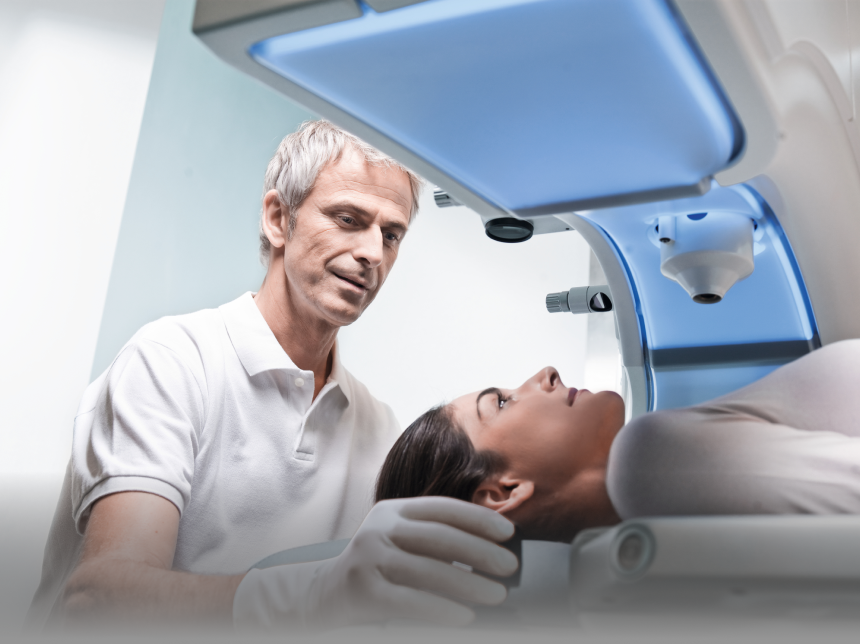
Astigmatism is a prevalent condition, resulting in blurry vision that may induce headaches and eye strain. It frequently coexists with other vision issues like farsightedness or nearsightedness. Consult with your doctor to determine if SMILE is a suitable option for your situation.
Astigmatism arises from refractive errors, where the cornea takes an oval shape or the lens exhibits mismatched curves. Consequently, light converges on multiple points within the eye, leading to blurred vision.
If you have astigmatism, you might find yourself squinting to perceive distant objects, read menus, or use your smartphone. Additionally, prolonged focus, like during driving or working on computers, may result in headaches or eye strain.
Depth perception can be impacted by astigmatism, posing challenges in accurately assessing distances. Furthermore, you may observe halos or glares, especially noticeable at night, potentially complicating activities like driving in the dark, particularly when confronted with oncoming headlights.


If you're dealing with astigmatism alongside myopia, hyperopia, or presbyopia, you may be curious about improving your vision. With over 8 million eyes successfully treated worldwide, SMILE offers the ability to address certain levels of nearsightedness (myopia) while treating astigmatism. Considering the long-term costs of glasses and astigmatism-correcting contact lenses, SMILE might not only be a cost-effective choice but could also reduce or eliminate your reliance on corrective eyewear.
By tackling multiple vision issues in a single procedure, SMILE presents an economically viable solution.

On average, the laser phase typically lasts 30 seconds or less. For the majority of individuals, once positioned on the treatment table, the entire process, inclusive of the extraction of the corneal tissue, generally spans 10 to 20 minutes. Preceding the procedure, the physician will apply numbing drops to your eye and may provide a mild sedative for relaxation during the process, ensuring your ease. Throughout the surgery, the SMILE laser system addresses your refractive error by modifying the corneal shape. This method transforms your cornea by generating a lenticule, a contact lens-shaped layer, which is then eliminated through a small opening.

SMILE, approved by the FDA (US Food and Drug Administration), is a highly precise procedure that does not involve flaps. It addresses myopia (nearsightedness) with or without astigmatism. If you are 18 years or older, have maintained a stable prescription with no more than a 0.50 diopter change in the year before the surgery, possess healthy eyes without retinal issues, corneal scars, or eye diseases, and are not currently pregnant or nursing, you may meet the criteria for laser eye correction through the SMILE procedure. It is crucial to consult with your ophthalmologist for a personalized vision and medical assessment to determine the suitability of SMILE for you.